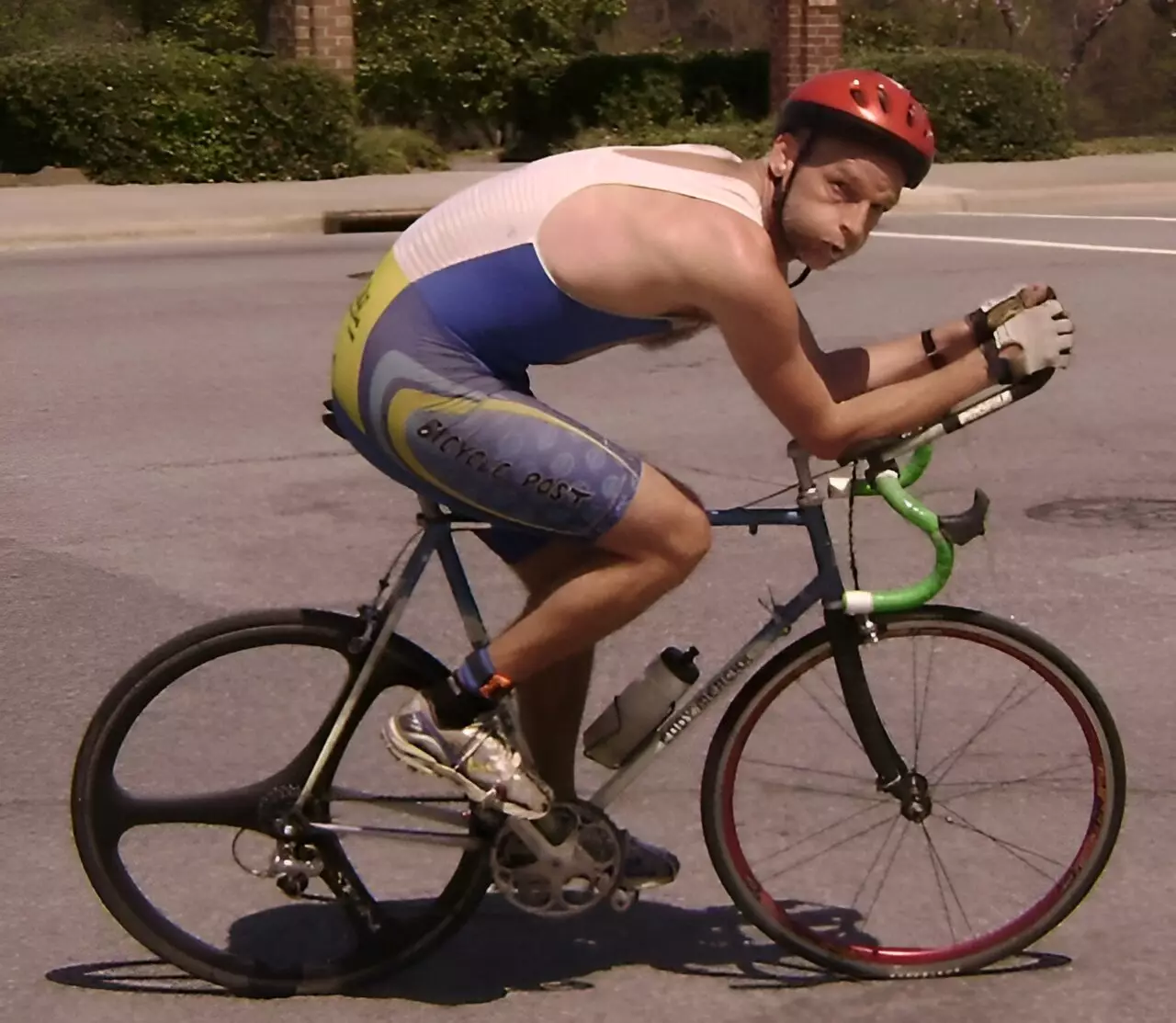In the world of cycling, the term “Everesting” refers to an audacious challenge where cyclists repeatedly ascend and descend a single mountain until their total elevation gain matches that of Mount Everest—an impressive 8,848 meters. This unique attempt, both physically taxing and mentally grueling, has garnered attention from both amateur and professional cyclists alike. Recent discussions surrounding the nuances of this challenge have highlighted debates about the influence of environmental factors, particularly wind, on a cyclist’s performance. The seemingly innocuous question of how wind conditions affect climbing efficiency has led to deeper inquiries into the physics of cycling.
Following a record-setting Everesting attempt that involved consistent tailwinds averaging 5.5 meters per second, social media erupted with discussions about the legitimacy of the achievement. Did this advantageous breeze confer an unfair benefit to the cyclist? According to Martin Bier, a physics professor from East Carolina University, the relationship between cycling speed and wind conditions is complex and often misinterpreted. His research posits that while a tailwind may provide some assistance during ascents, its role is eclipsed by more significant forces at play, particularly gravity.
Bier’s study delves into the mechanics of cycling, contrasting it with running, which he describes as inconsistent due to the constant starts and stops of leg movements. Cycling, by nature, is a more fluid and efficient form of travel, where power output correlates more directly with speed on flat terrains. However, when evaluating the limitations posed by air resistance, things become more intricate.
The crux of Bier’s analysis lies in understanding that the challenges faced by cyclists are not merely a function of drag but are predominately influenced by gravitational force when climbing. He explains that air resistance increases exponentially with speed; thus, cyclists experience diminished returns from additional power input at lower velocities, such as those found during an uphill climb. For instance, doubling power input on a hill can indeed double speed, accentuating the climber’s efforts.
Moreover, while a tailwind may seem to level the playing field, Bier argues that it fails to significantly alleviate the burden of the uphill gradient. Cyclists are still subjected to battling gravity, which remains the principal force in play. Although a tailwind could marginally support a rider ascending, its limited drag-alleviating benefits are far outweighed by the demands of climbing.
When descending, the scenario shifts radically. Cyclists encounter enhanced speeds, frequently exceeding 80 kilometers per hour, which amplifies the effects of air resistance. This phenomenon, where resistance grows with the square of speed, complicates the benefits provided by a tailwind. During descents, the headwind becomes a formidable opponent, consuming energy and significantly slowing down the cyclist. Thus, the advantages gained during the ascent are effectively canceled out during the descent.
Bier’s findings suggest that the true focus for cyclists engaged in Everesting challenges should be on factors more directly controllable by the rider—namely, optimizing power output and improving body weight ratios—rather than seeking external environmental benefits like wind conditions.
Ultimately, Bier challenges common assumptions regarding the search for optimal conditions in cycling performance. The notion that favorable wind could provide an easy trick to improve Everesting times appears misguided. Instead, aspiring Everesters must channel their efforts into training, enhancing cycling efficiency, and perhaps most importantly, confronting the immutable challenges posed by gravity.
In the grand scheme, understanding the physics behind these challenges not only enriches our appreciation for the sport but also fosters better training regimens that prioritize skill and physical conditioning over fleeting environmental advantages.


Leave a Reply